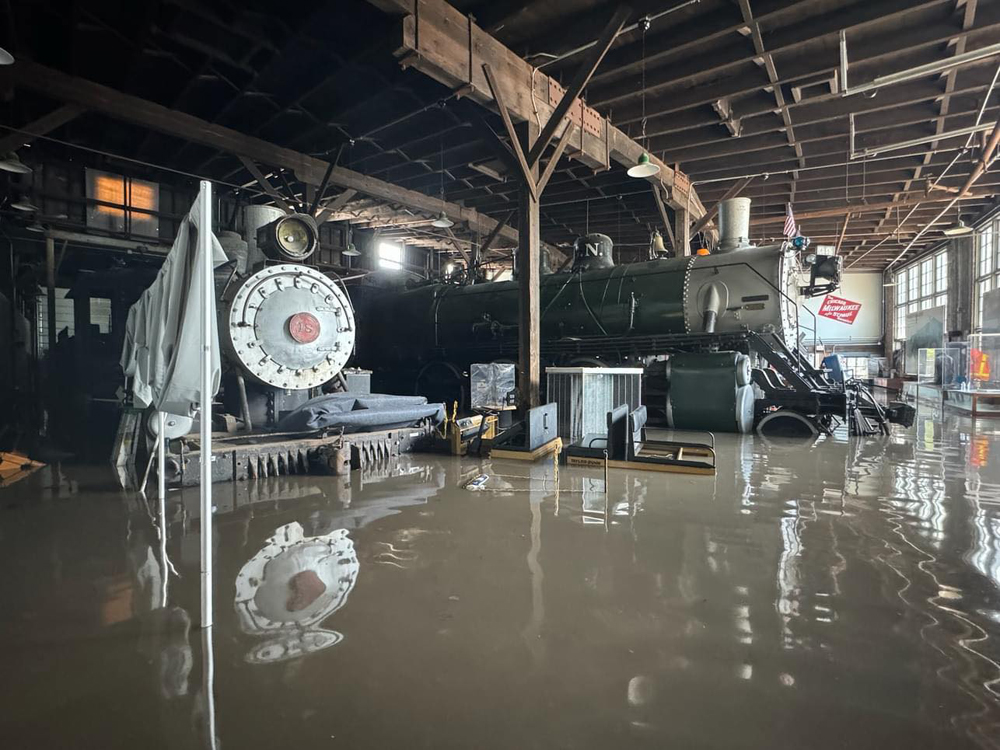
SIOUX CITY, Iowa — Eight months after it was devastated by a flood, the Sioux City Railroad Museum has reopened. The museum reopened on Saturday, March 1, and is currently open Thursday through Saturday from 10 a.m. to 4 p.m. and Sundays from noon to 4 p.m. Its website notes that restoration and renovation is […]
Read More…
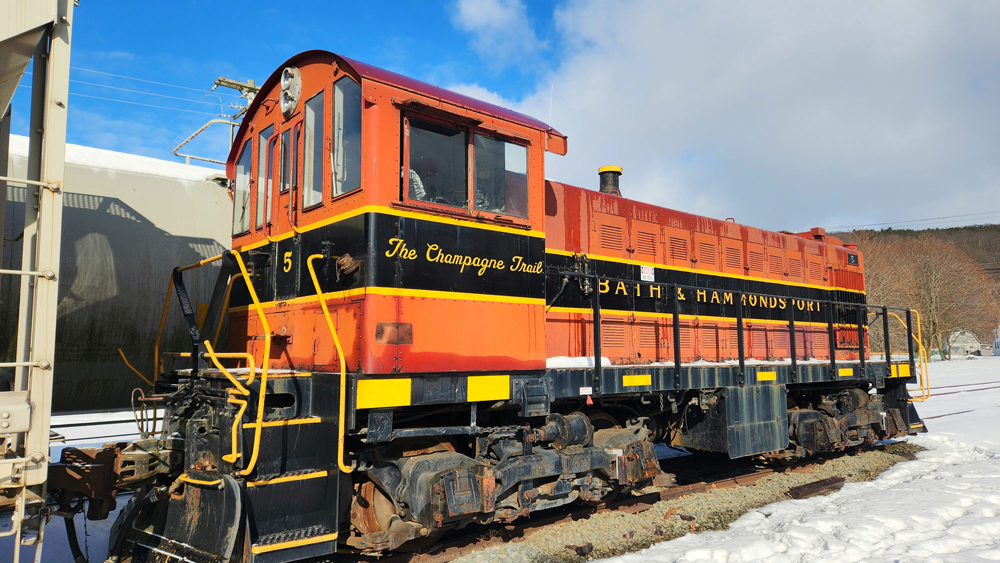
RUSH, N.Y. — An Alco S1 switcher from the Rochester-area short line Bath & Hammondsport Railroad will be joining the collection of the Rochester & Genesee Valley Railroad Museum. The combined efforts of the museum, the Steuben County Industrial Development Agency, and the Livonia, Avon & Lakeville Railroad has allowed the museum to purchase the […]
Read More…
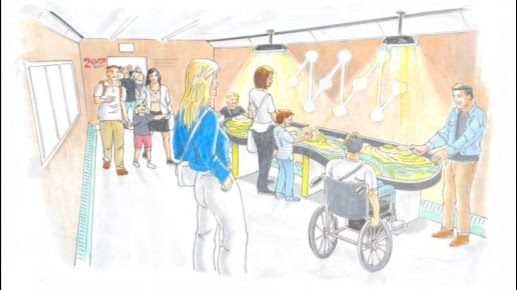
Britain’s Railway 200 celebration — marking the 200th anniversary of modern railroading — has a new element: A traveling exhibition train. The four-car train, named Inspiration, is expected to visit 60 locations over 12 months concluding in summer 2026. Curated in partnership with the National Railway Museum, the train’s cars, provided by rail infrastructure owner […]
Read More…
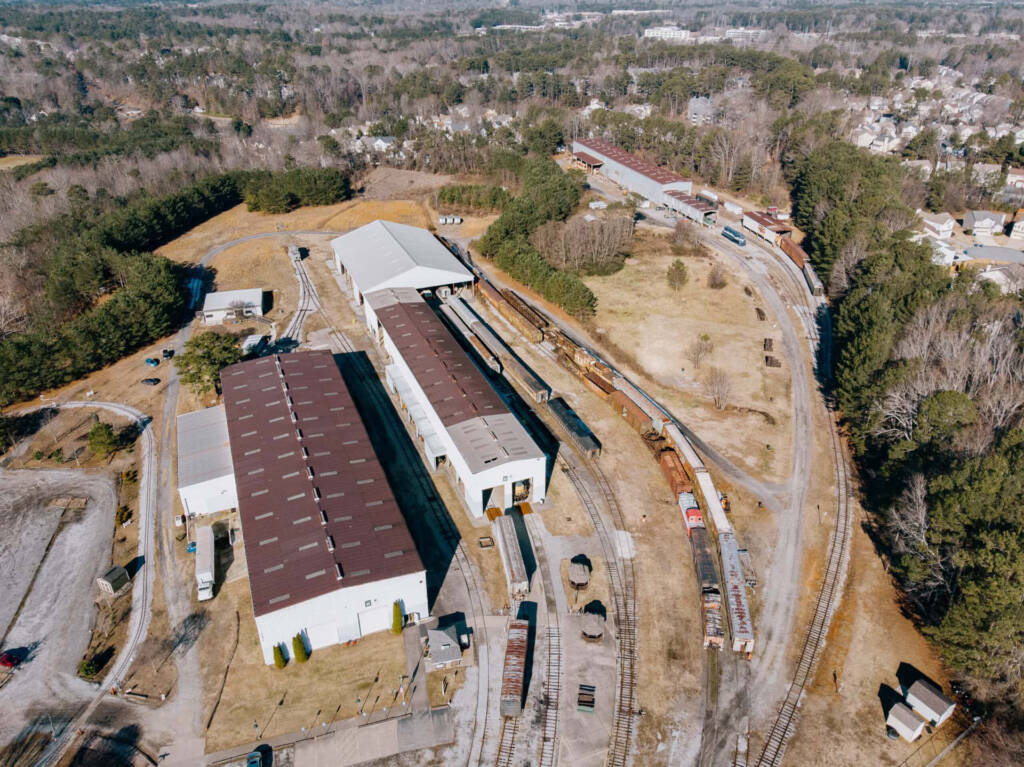
DULUTH, Ga. — The Southeastern Railway Museum, a 35-acre facility established in Duluth in 1970, is among sites included on Georgia Trust for Historic Preservation’s 2025 list of 10 Places in Peril. The organization says the list, issued Feb. 26, is designed to raise awareness about Georgia historic, archaeological, and cultural resources threatened by demolition, […]
Read More…
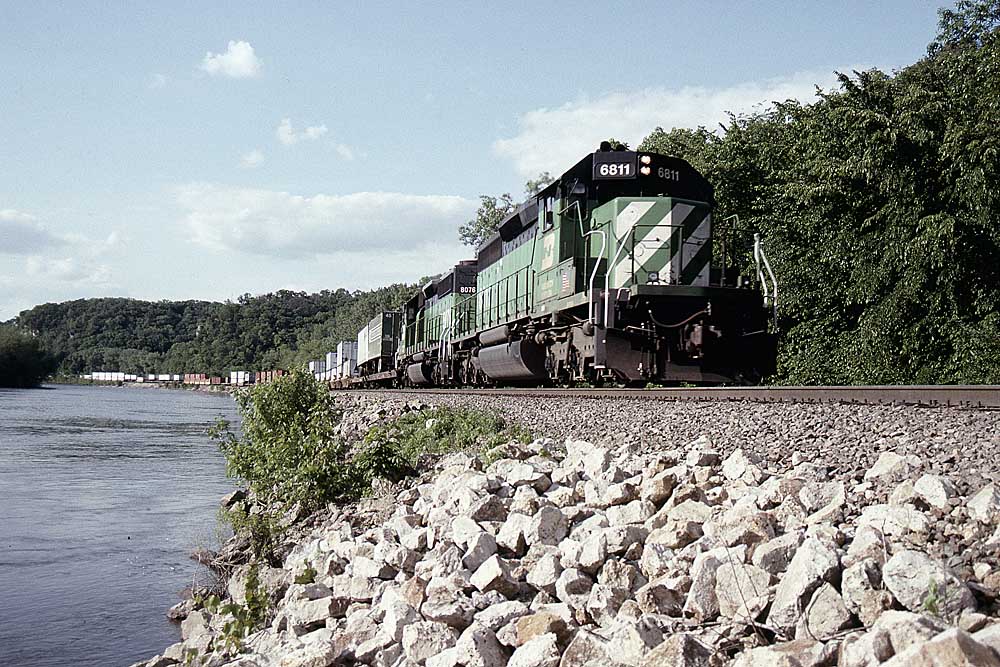
When created, Burlington Northern had a greater extent than any other U. S. railroad: Vancouver, British Columbia, to Pensacola, Fla. If you crossed North America from east to west, you had to cross BN rails or get your feet wet in the Gulf of Mexico or find your way around the north side of […]
Read More…
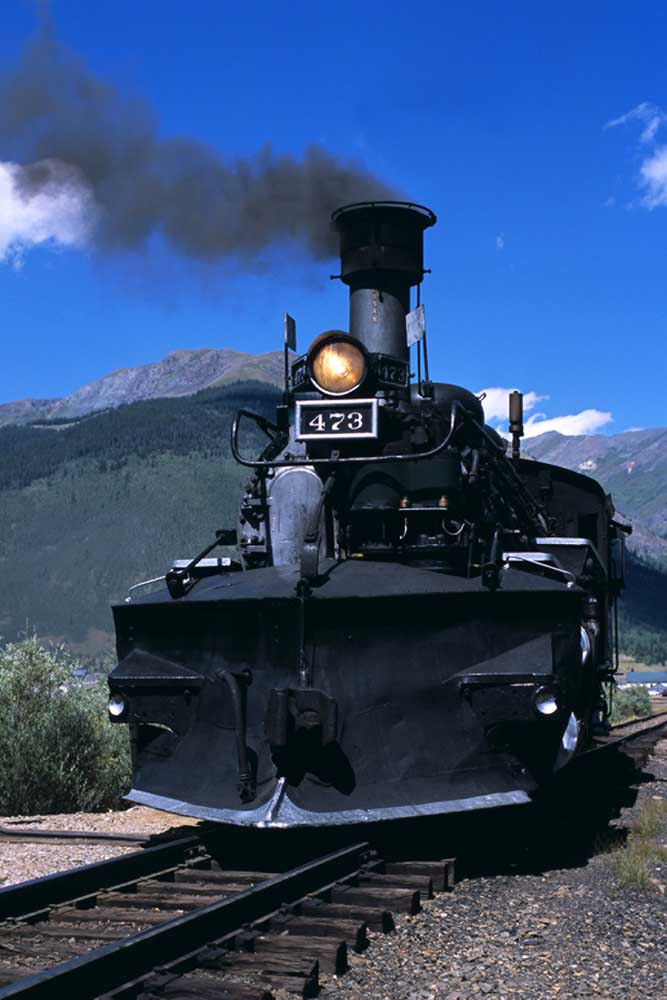
It was an oddball branch line with a just-as-odd history that is still worth recounting. The Rio Grande’s Farmington Branch was built in 1905 to connect Carbon Junction, Colo. (just outside of Durango to the southeast), and Farmington, N.M. It was a modest, 47.68-mile standard gauge line (later narrow gauge) that followed the […]
Read More…
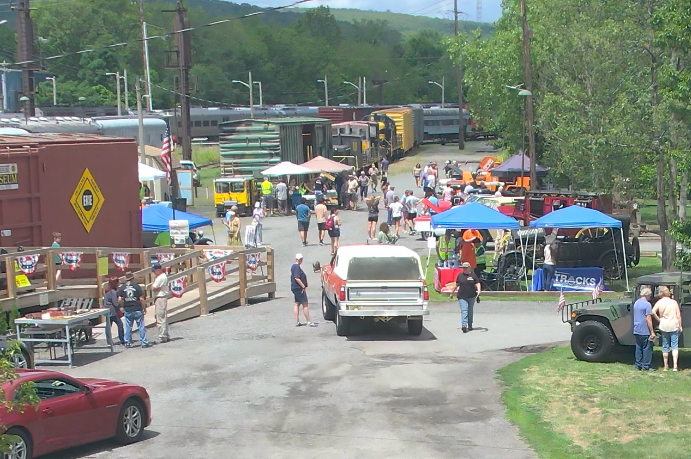
PORT JERVIS, N.Y. — Non-profit initiative Erie Turntable has announced its lineup of events for 2025, including plans for the inaugural Orange County Transportation Festival in August. The Port Jervis turntable site, leased by Erie Turntable parent organization TOYX, will be open Saturdays and Sundays from May 10 through Oct. 12 from noon to 4 […]
Read More…
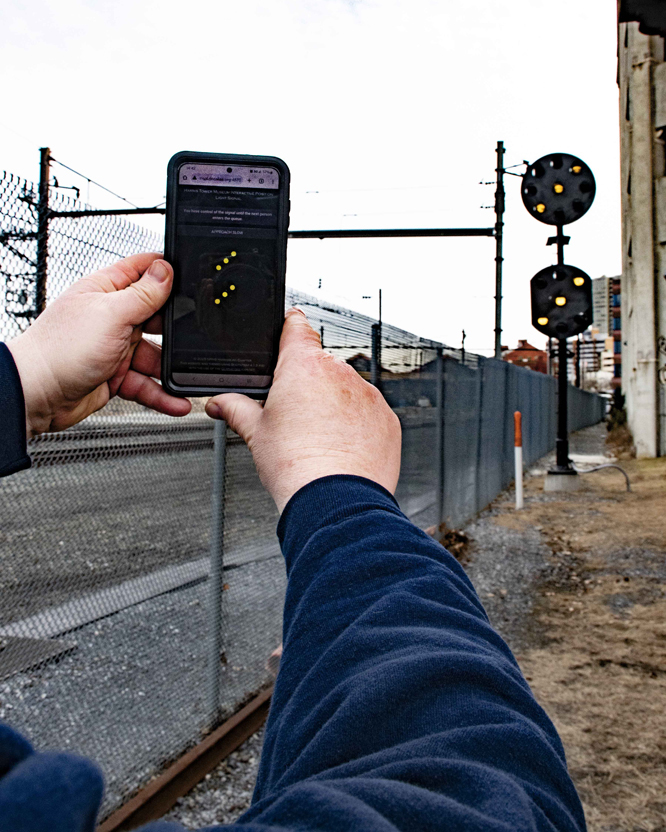
HARRISBURG, Pa. – With a cellphone, tablet or notebook in hand, visitors can activate a Pennsylvania Railroad position-light signal here to replicate any of 19 indications, past or present, used to govern train movements. The Harrisburg Chapter of the National Railway Historical Society on Wednesday (Feb. 19) completed a project, years in the making, that […]
Read More…
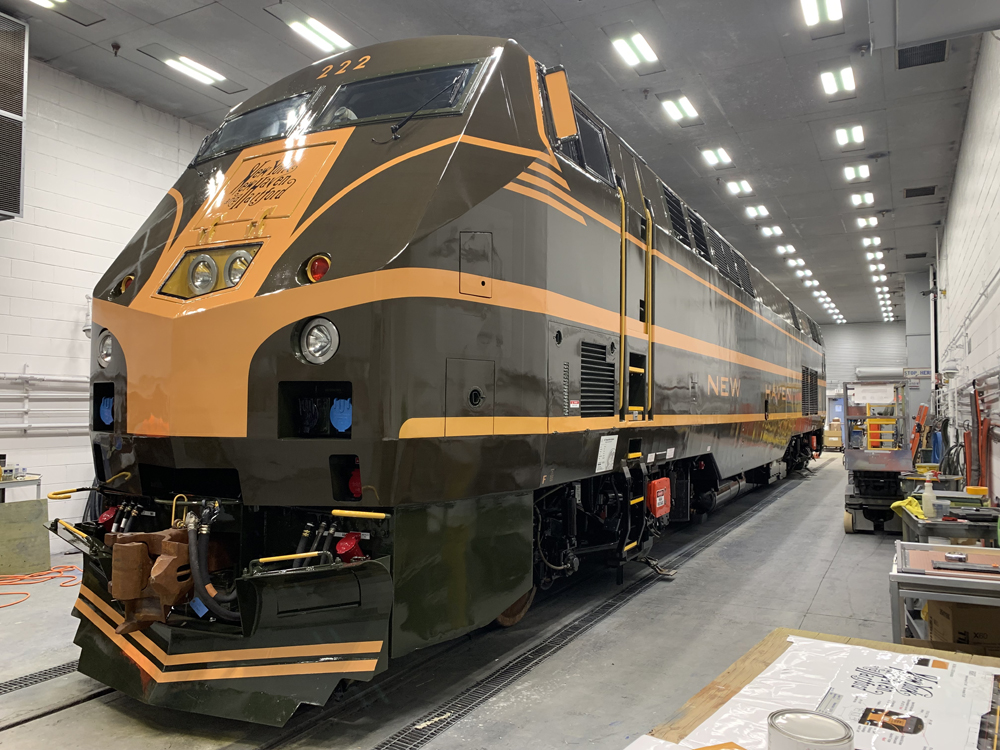
NORTH WHITE PLAINS, N.Y. — The Metropolitan Transportation Authority’s Metro-North Railroad has completed the sixth in its series of locomotives honoring Metro-North’s 40th anniversary, this time honoring the New York, New Haven & Hartford Railroad. Dual-mode locomotive No. 222, a P32Ac-DM, sports the green-and-yellow design used on New Haven electric and diesel cab units until […]
Read More…
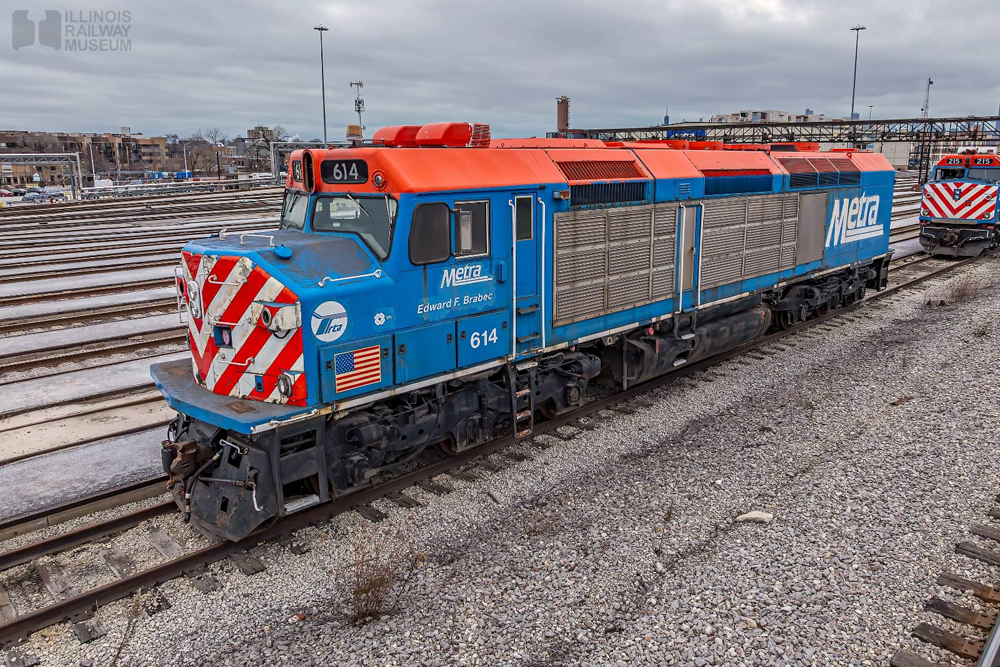
UNION, Ill. — Metra has donated F40C No. 614, one of just two such surviving locomotives, to the Illinois Railway Museum. IRM says in a press release that it hopes to restore the locomotive to operating condition. It had seen some cannibalization for parts during its final years in storage at Metra, and is missing […]
Read More…
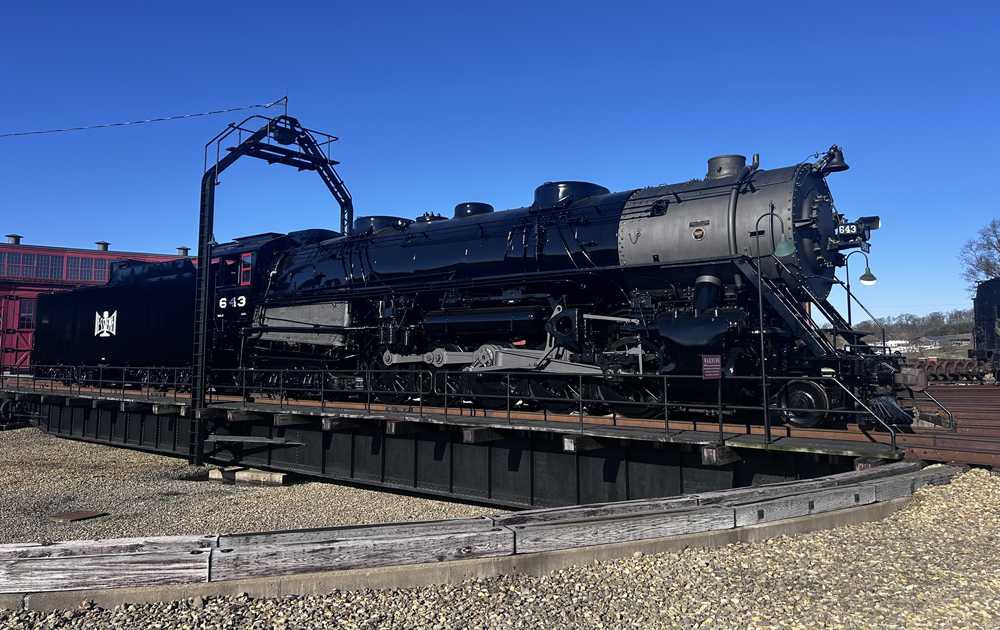
SUGARCREEK, Ohio — The Age of Steam Roundhouse Museum is preparing for the first public viewing of the newest locomotive on display in its collection, Bessemer & Lake Erie 2-10-4 No. 643. That viewing will come March 29 as part of the museum’s Member Day, to be held from 1 p.m. to 3 p.m. A […]
Read More…
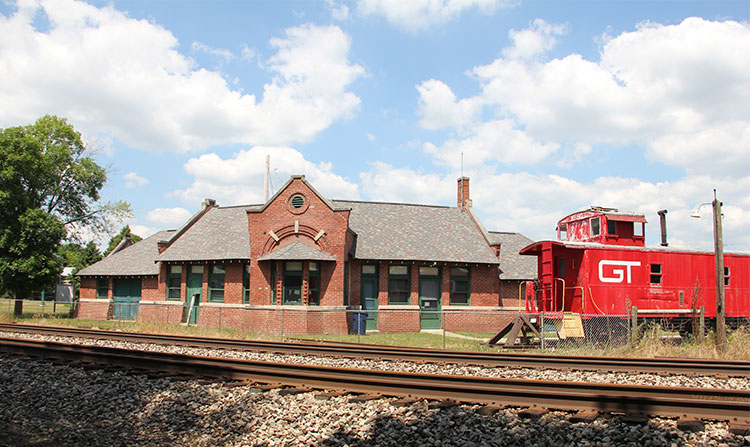
VICKSBURG, Mich. — Vicksburg’s Union Depot, a brick and stone structure dating to 1904 and built to serve predecessors to the Pennsylvania and Grand Trunk railroads, is among 11 state locations added to the National Register of Historic Places in 2024, according to the Michigan Economic Development Corp. The station in Kalamazoo County, which last […]
Read More…












